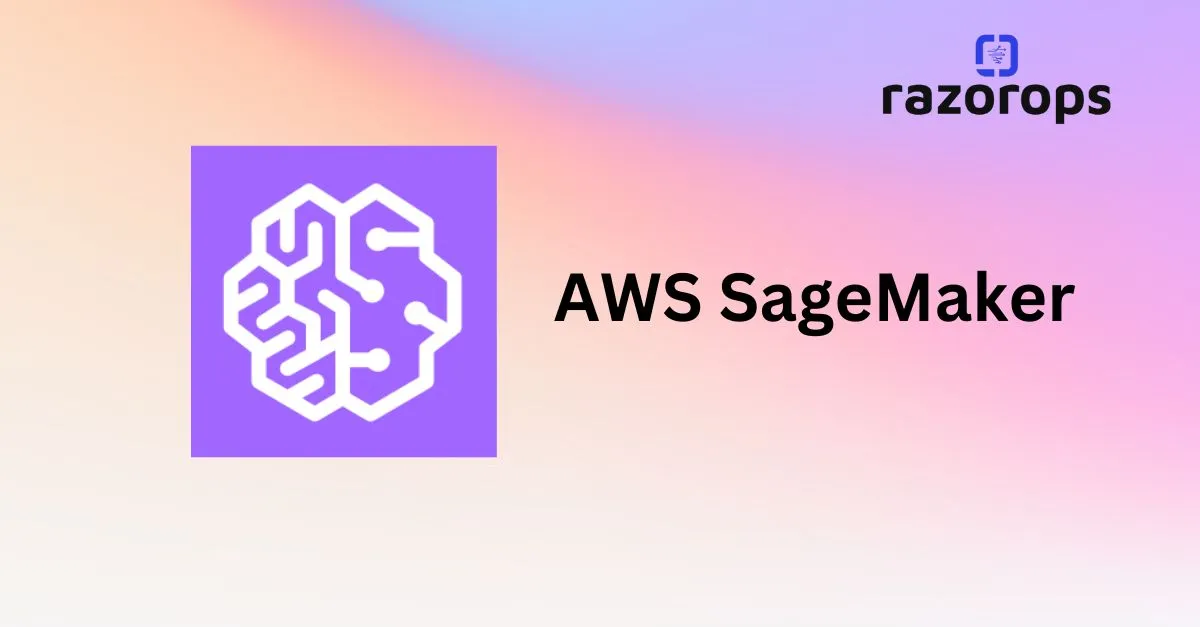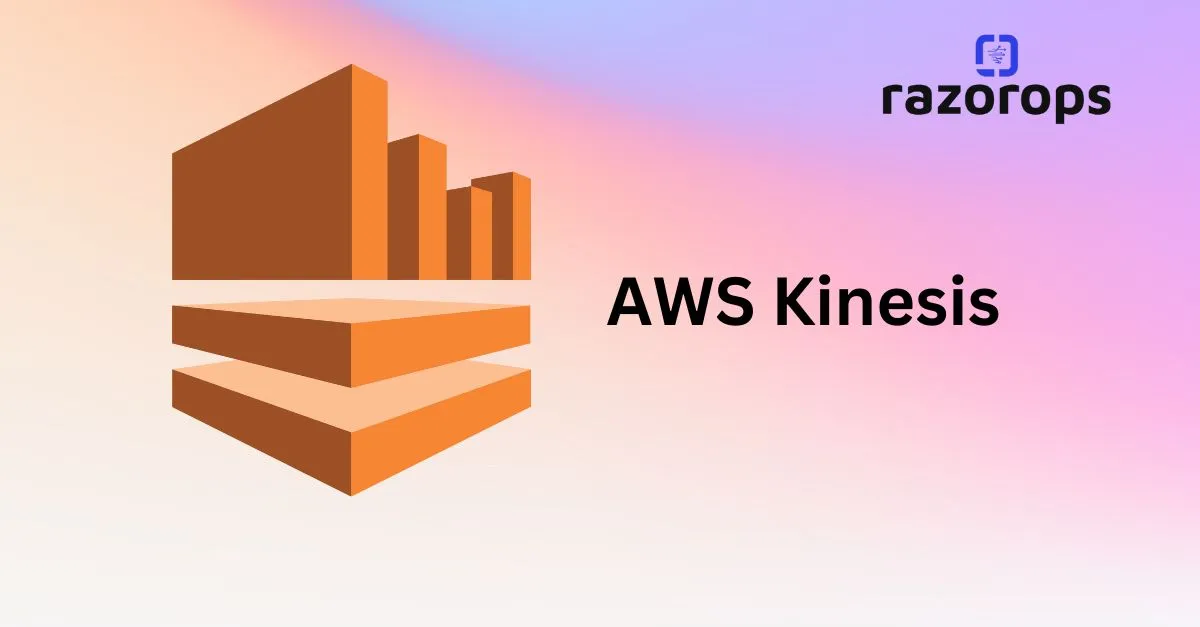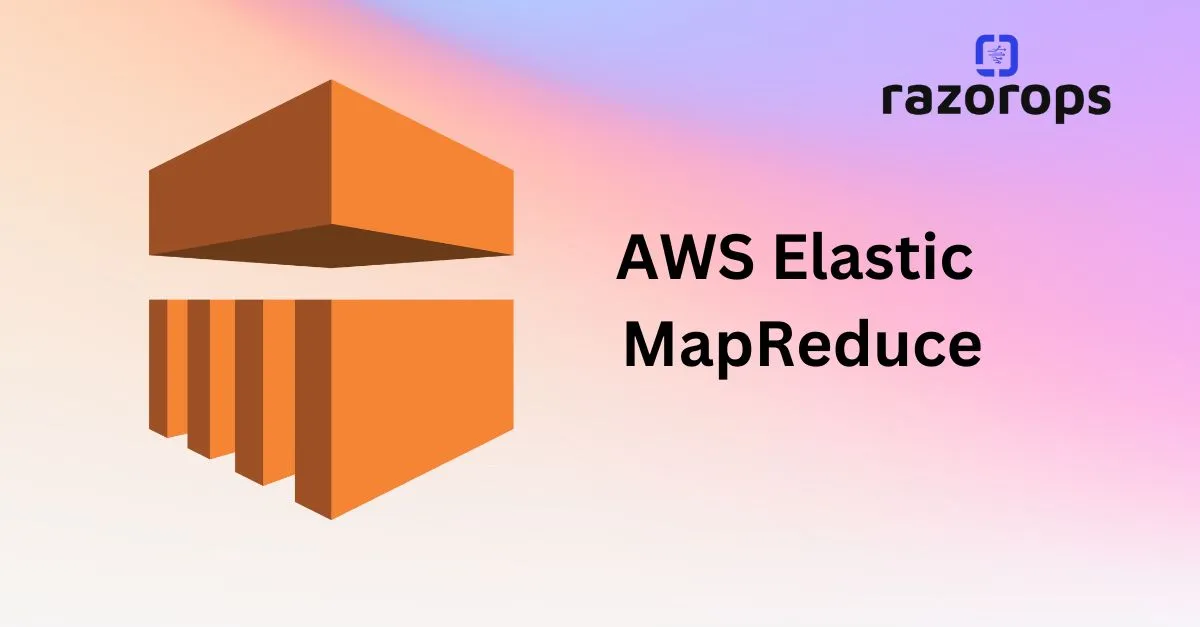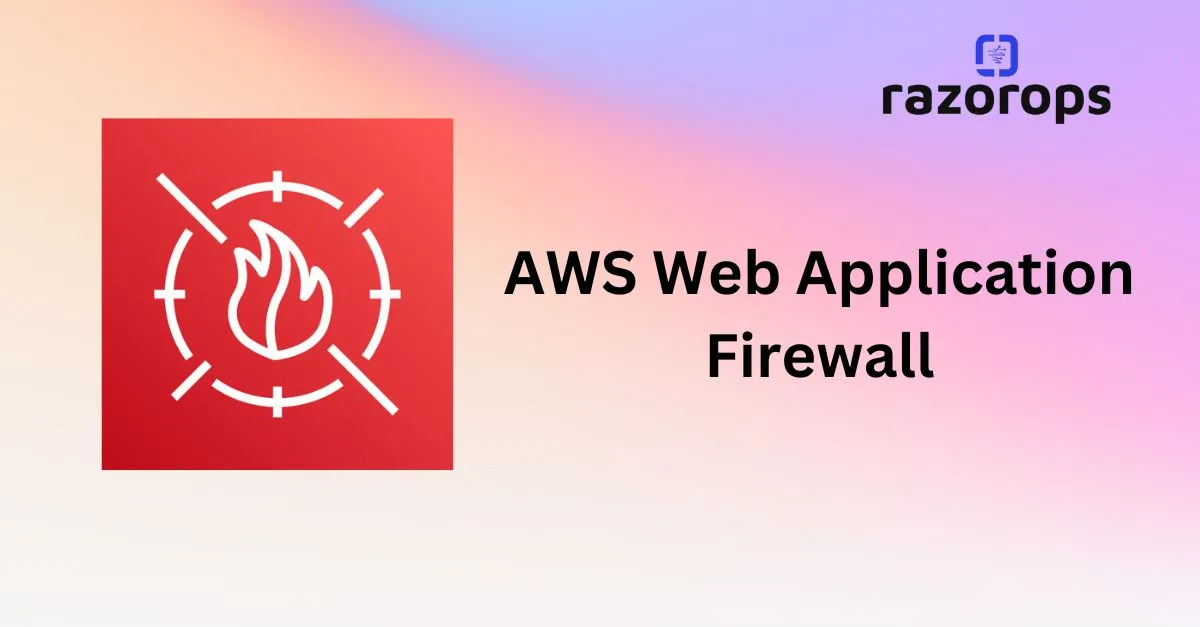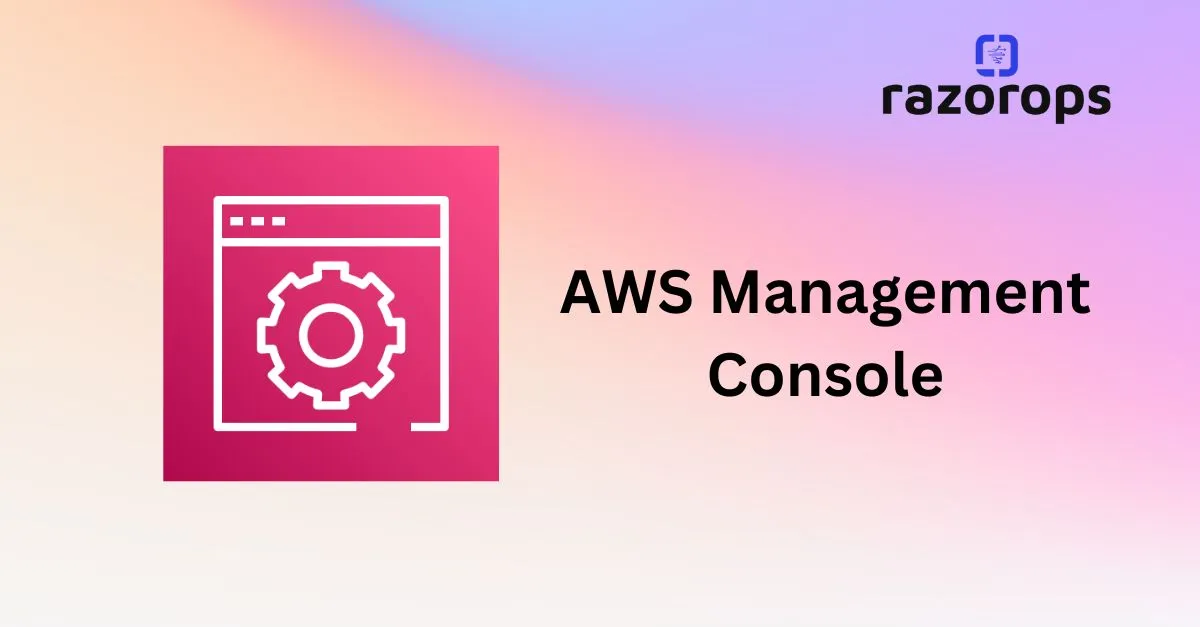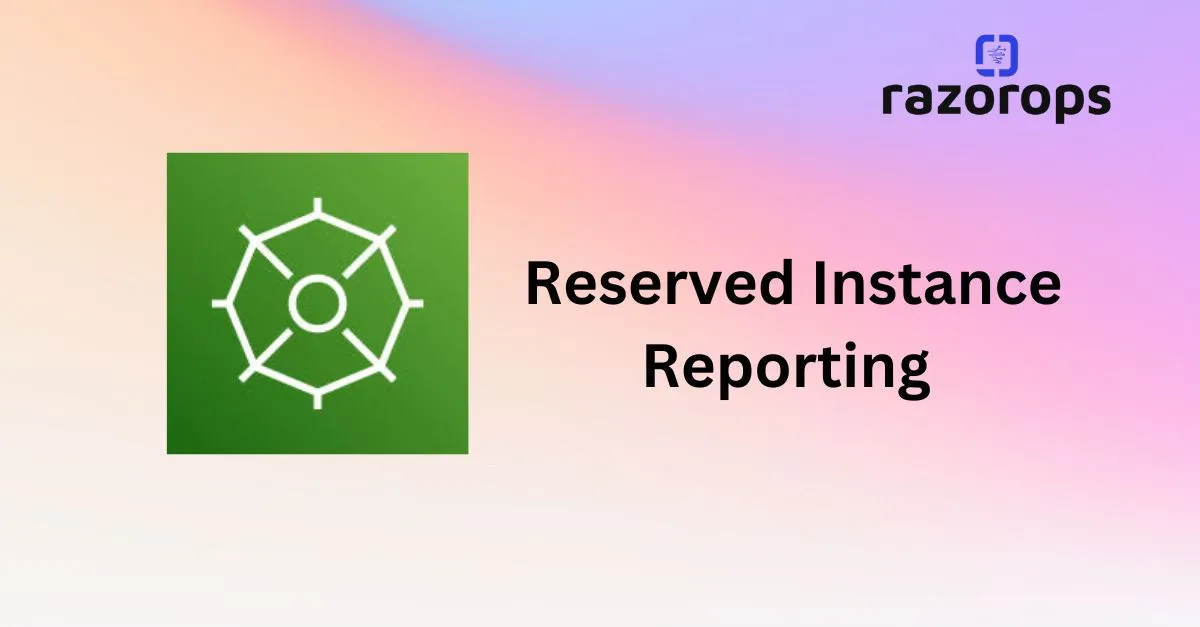AWS Directory Service

What is AWS Directory Service?
AWS Directory Service, also known as AWS Managed Microsoft Active Directory (AD), enables multiple ways to use Microsoft Active Directory (AD) with other AWS services.
● Trust relationships can be set up from on-premises Active Directories into the AWS cloud to extend authentication.
● It runs on a Windows Server, can perform schema extensions, and works with SharePoint, Microsoft SQL Server, and .Net apps.
● The directory remains available for use during the patching (updating) process for AWS Managed Microsoft AD.
● Using AWS Managed Microsoft AD, it becomes easy to migrate AD-dependent applications and Windows workloads to AWS.
● A trust relationship can be created between AWS Managed Microsoft AD and existing on-premises Microsoft Active using single sign-on (SSO).
AWS Directory Service provides the following directory types to choose from
● Simple AD
● Amazon Cognito
● AD Connector
Simple AD:
● It is an inexpensive Active Directory-compatible service driven by SAMBA 4.
● It is an isolated or self-supporting AD directory type.
● It can be used when there is a need for less than 5000 users.
● It cannot be joined with on-premise AD.
● It is not compatible with RDS SQL Server.
● It provides some features like
○ Applying Kerberos-based SSO,
○ Assigning Group policies,
○ Managing user accounts and group memberships,
○ Helping in joining a Linux domain or Windows-based EC2 instances.
● It does not support the following functionalities.
○ Multi-factor authentication (MFA),
○ Trust relationships,
○ DNS dynamic update,
○ Schema extensions,
○ Communication over LDAPS,
○ PowerShell AD cmdlets.
Amazon Cognito:
● It is a user directory type that provides sign-up and sign-in for the application using Amazon Cognito User Pools.
● It can create customized fields and store that data in the user directory.
● It helps to federate users from a SAML IdP with Amazon Cognito user pools and provide standard authentication tokens after they authenticate with a SAML IdP (identities from external identity providers).
AD Connector:
● It is like a gateway used for redirecting directory requests to the on-premise Active Directory.
● For this, there must be an existing AD, and VPC must be connected to the on-premise network via VPN or Direct Connect.
● It is compatible with Amazon WorkSpaces, Amazon WorkDocs, Amazon QuickSight, Amazon Chime, Amazon Connect, Amazon WorkMail, and Amazon EC2.
● It is also not compatible with RDS SQL Server.
● It supports multi-factor authentication (MFA) via existing RADIUS-based MFA infrastructure.
Use cases:
● It provides a Sign In option to AWS Cloud Services with AD Credentials.
● It provides Directory Services to AD-Aware Workloads.
● It enables a single-sign-on (SSO) feature to Office 365 and other Cloud applications.
● It helps to extend On-Premises AD to the AWS Cloud by using AD trusts.
Pricing:
● Prices vary by region for the directory service.
● Hourly charges are applied for each additional account to which a directory is shared.
● Charges are applied per GB for the data transferred “out” to other AWS Regions where the directory is deployed.


